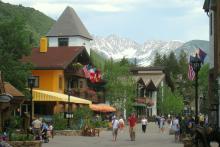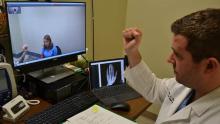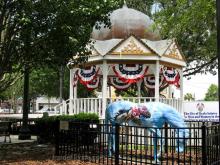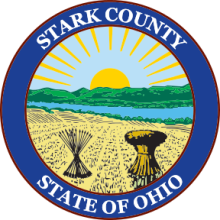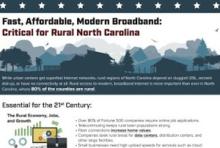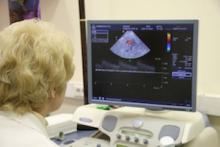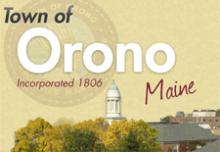Project THOR Public-Private Partnership Hammers Out Path to Better Connectivity in Colorado
There’s a new Thor in town, but instead of lighting up the night sky like the Norse god of thunder, it’ll be lighting up communities in rural Colorado with fiber optic connectivity.
A group of local governments and private partners, led by Northwest Colorado Council of Governments (NWCCOG), recently completed the first phase of Project THOR, a middle mile fiber network that will enable better connectivity in the participating towns, cities, and counties. The network, owned by NWCCOG, provides backhaul to local governments looking to connect public facilities, schools, hospitals, and other community anchor institutions. It’s also available to Internet service providers (ISPs) to serve residents and businesses.
Project THOR brings much needed redundancy to the region’s broadband infrastructure, where previously a single fiber cut could take entire communities’ health and public safety services offline. It also promises great cost savings for localities and ISPs. Perhaps most importantly, the new network gives communities the necessary leverage to improve local connectivity beyond begging the incumbent providers for better broadband. Jon Stavney, executive director of NWCCOG explained on Community Broadband Bits episode 406:
This project allows these local governments to actually have a lever to pull to hopefully affect local service, however they can do that, with whatever partners come to the table . . . They’re able to actually act.
Building Toward a Network
NWCCOG, which is composed of member governments in and around Eagle, Grand, Jackson, Pitkin, and Summit Counties, coordinated broadband efforts in the region even before Project THOR began. A number of years ago, the council invested in a regional plan and hired a broadband coordinator, Nate Walowitz, to offer technical assistance to the member governments.


